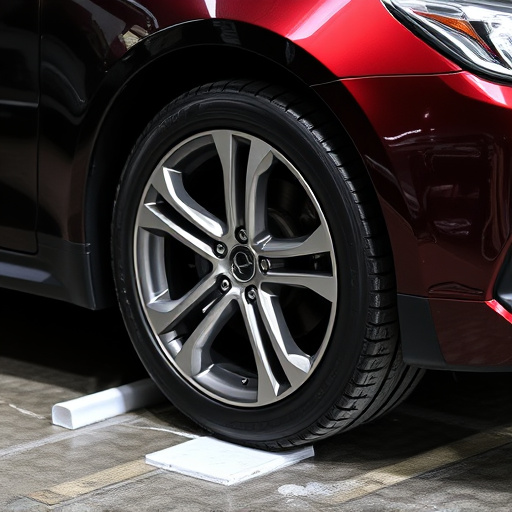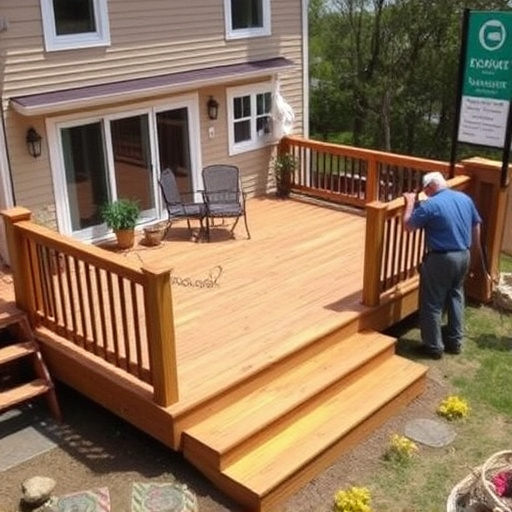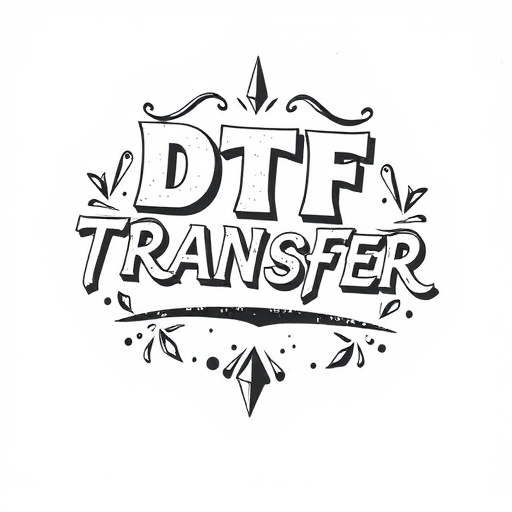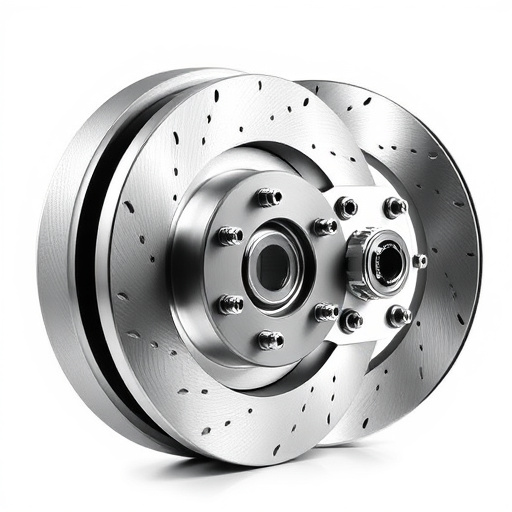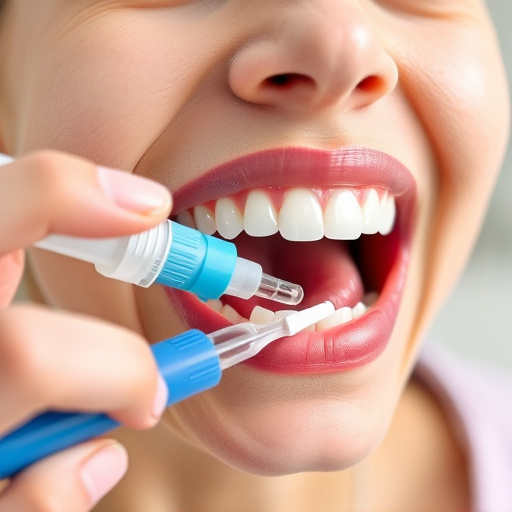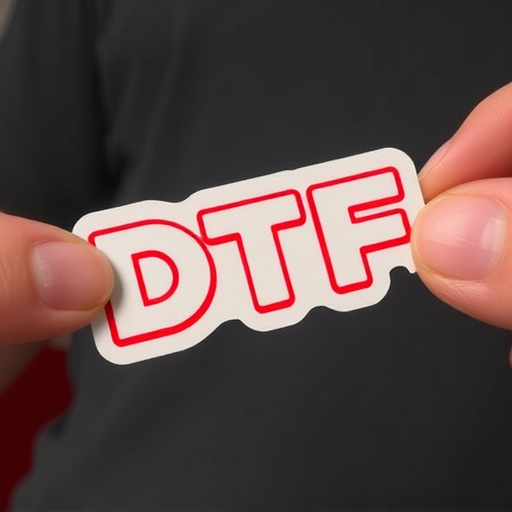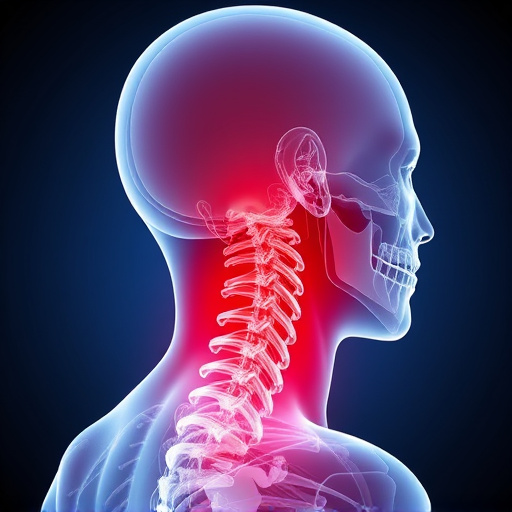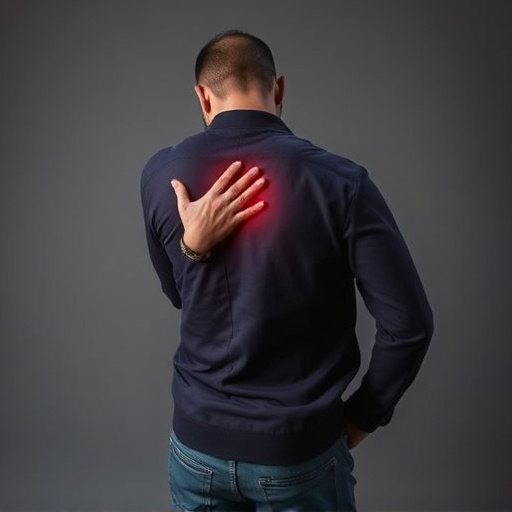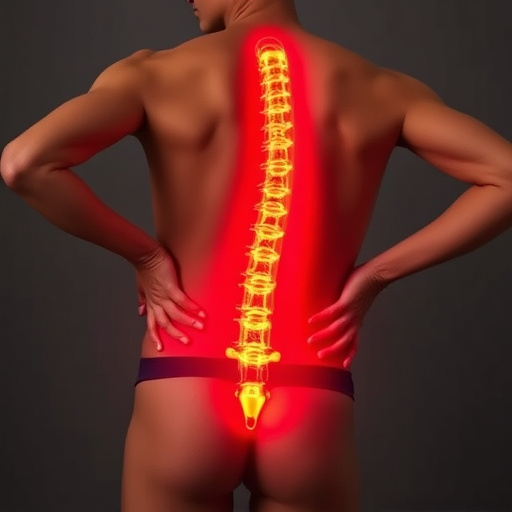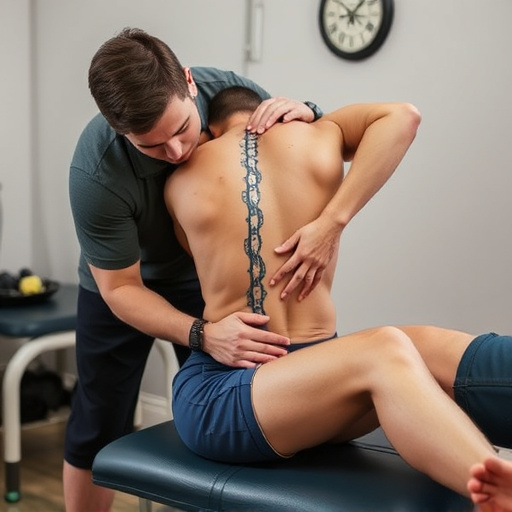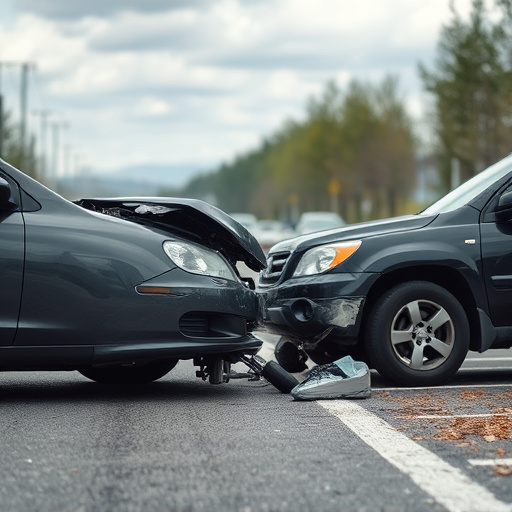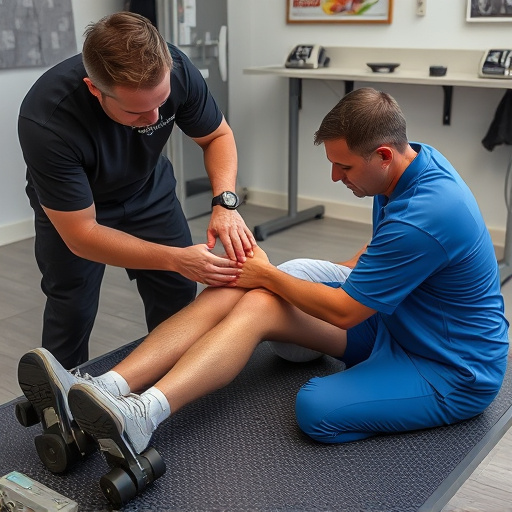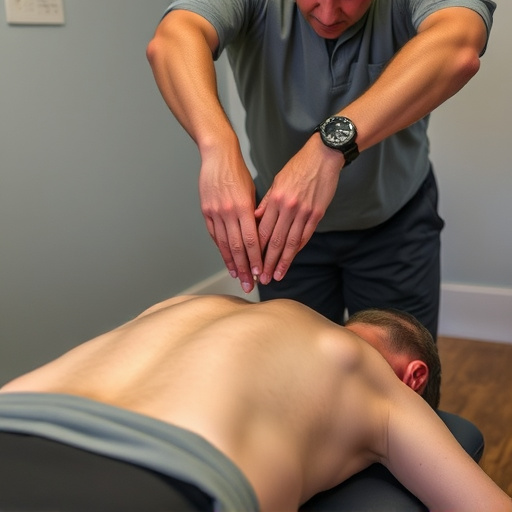Post-accident rehabilitation is a tailored process addressing joint and muscle injuries caused by auto collisions. It involves initial assessments to identify damage, followed by personalized plans incorporating chiropractic care, physical therapy, exercise, and lifestyle changes for optimal recovery, pain management, and injury prevention. Regular medical check-ins ensure adjustments, fostering long-term health and well-being.
Post-accident rehabilitation is vital for recovering from joint and muscle damage. These injuries, often overlooked, can have significant long-term impacts if not addressed properly. This article guides you through understanding common post-accident joint and muscle injuries, crafting a tailored rehabilitation plan, and employing effective strategies to enhance recovery and prevent future complications. Discover key steps towards regaining mobility and strength after an accident.
- Understanding Post-Accident Joint and Muscle Injuries
- Creating a Comprehensive Rehabilitation Plan
- Strategies for Effective Recovery and Prevention
Understanding Post-Accident Joint and Muscle Injuries
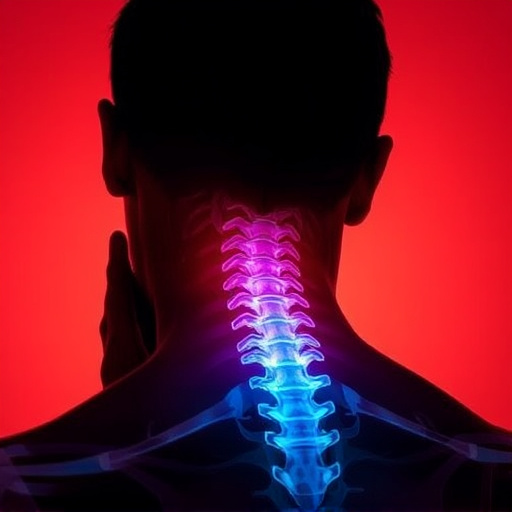
Post-accident joint and muscle injuries can vary greatly depending on the nature and severity of the incident. These injuries often lead to significant discomfort, reduced mobility, and even long-term disabilities if left unaddressed. Understanding the extent of damage is crucial for developing an effective post-accident rehabilitation plan. The initial assessment should focus on identifying affected areas, such as sprained ligaments, strained muscles, or fractured bones, as these will guide the course of treatment.
Many individuals experience neck pain and back pain relief challenges after an accident. Chiropractic care has emerged as a popular approach to manage these issues, offering gentle adjustments to improve joint mobility and reduce nerve irritation. This holistic therapy can play a significant role in post-accident rehabilitation, helping patients regain strength and flexibility. Ultimately, the goal is to restore function, alleviate pain, and enable individuals to resume their daily activities with improved resilience against future injuries.
Creating a Comprehensive Rehabilitation Plan
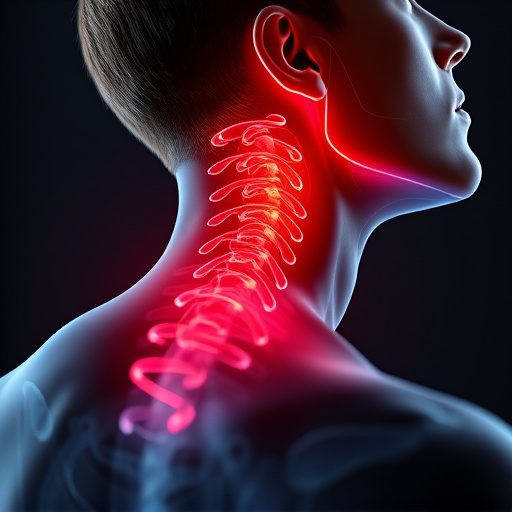
Developing a tailored rehabilitation plan is pivotal for optimal post-accident recovery. The initial step involves a thorough assessment by healthcare professionals to identify specific joint and muscle damage, alongside any associated pain management needs. This comprehensive evaluation considers factors like range of motion, strength, and sensitivity, guiding the creation of a personalized program.
Rehabilitation strategies may encompass various techniques such as spinal adjustments, physical therapy, exercise regimens, and in some cases, surgical interventions, depending on the severity of injuries. Integrating these methods into a structured plan ensures that auto accident recovery progresses efficiently, targeting not only physical healing but also addressing any lingering discomfort or limitations.
Strategies for Effective Recovery and Prevention
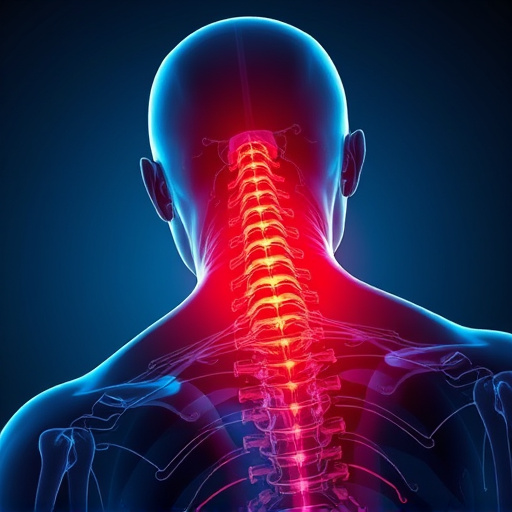
Post accident rehabilitation plays a pivotal role in recovering from joint and muscle damage caused by auto accidents. The initial phase focuses on pain management and reducing inflammation through techniques like chiropractic treatment and spinal adjustments, which can alleviate pressure and stimulate healing. Physical therapy is another crucial component, involving exercises designed to improve range of motion, restore strength, and prevent further injury.
Strategic lifestyle modifications are also essential for effective recovery and prevention. Patients should prioritize rest and gradual return to activities, maintain proper posture, and engage in regular stretching and strengthening exercises. Additionally, adopting a balanced diet rich in nutrients that support tissue repair can accelerate the auto accident recovery process. Regular check-ins with healthcare professionals ensure ongoing monitoring and adjustments tailored to individual needs, enhancing overall well-being and promoting long-term health.
Post-accident rehabilitation is not just about healing; it’s about restoring independence and quality of life. By understanding the specific joint and muscle injuries sustained, developing a tailored rehabilitation plan that incorporates diverse strategies, and committing to consistent effort, individuals can effectively recover and prevent future damage. Post accident rehabilitation is a journey towards resilience and a return to active living.

